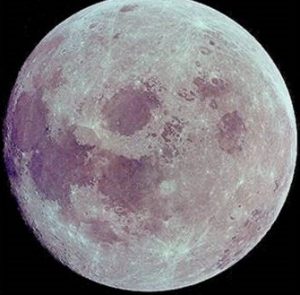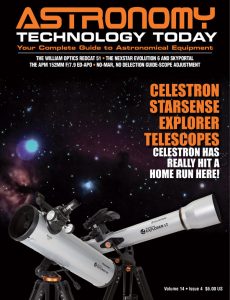Astro Imaging History has evolved so much in the last few years. We recently received our latest newsletter from the team at iOptron and it included a nice overview on the history of astro imaging. We enjoyed the article and thought you would as well.

Early in astro imaging histroy, from around 1850 to the early twentieth century, the discipline of astrophotography traversed many milestones. Changes in equipment, technique and processes all played significant roles in the expansion of interesting objects that could be photographed. Using the “great” 38 cm Harvard refractor, in 1850 John Whipple and William Bond were the first to successfully photograph a star. The image of ɑ Lyrae, Vega was captured in a 100 second daguerreotype exposure.
Seven years later, in capturing the first successful image of double stars (Mizar and Alcor) George P. Bond (son of William Bond) employed an entirely different medium to capture the image. Commonly called “wet plate”, collodion is a mixture of nitrated cotton dissolved in ether and alcohol. The substrate is then spread over a glass plate on which the image would be projected. The process itself was far less expensive than the daguerreotype and being a negative/ positive process, it permitted unlimited reproduction.
As things moved forward in astro imaging history, the variety of celestial objects photographed increased exponentially. In 1857 Jupiter and Saturn are imaged, 1880 M 42 Orion nebula, 1881 comet Tebbutt, and many more to follow. For the first time in history, the masses were able to view the splendor of the cosmos through photographs. Even today, the majority of the world’s citizens have not had the opportunity to look through a telescope, yet most have seen astrophotos in books, magazines and computer screens.
Throughout the 20th century, a number of factors significantly improved photographic results. Improvements in optical design, mount stability, tracking accuracy and photo process enabled astrophotographers to capture images of high scientific and aesthetic value. As images improved so did their expectations, imagers continued to tinker with capture technique and image process.
A particular property of film, its loss of light sensitivity with lengthier exposures, is a significant obstacle for astrophotgraphers. Exposures on film of one second or less, tend to result in a linear relationship regarding time and light sensitivity. However, exposures of longer duration shift to an exponential relationship requiring much longer exposures to gain incremental amounts of light (reciprocity failure). Innovations such as “cold cameras” helped but did not alleviate the short comings of film. In 1969, the development of the CCD would soon give astrophotographers the imaging medium they had for so long sought.
It didn’t take long for the value of a CCD’s ability to evenly gather light over time to be recognized by astrophotographers. Early CCD images were “pixilated” and lacked definition, however exposures times only took a fraction of what was needed for film. CCD technology improved exponentially through its first few decades of existence. Today, the application of CCD technology is prevalent in the astronomy community. The evolution of astro imaging history and its impact on amateur astroimagers worldwide has been tremendous as today’s imagers have opportunities for capturing and processing images unimaginable to pioneers of only a century past.
 And to make it easier for you to get the most extensive news, articles and reviews that are only available in the magazine pages of Astronomy Technology Today, we are offering a 1 year subscription for only $6! Or, for an even better deal, we are offering 2 years for only $9. Click here to get these deals which only will be available for a very limited time. You can also check out a free sample issue here.
And to make it easier for you to get the most extensive news, articles and reviews that are only available in the magazine pages of Astronomy Technology Today, we are offering a 1 year subscription for only $6! Or, for an even better deal, we are offering 2 years for only $9. Click here to get these deals which only will be available for a very limited time. You can also check out a free sample issue here.

